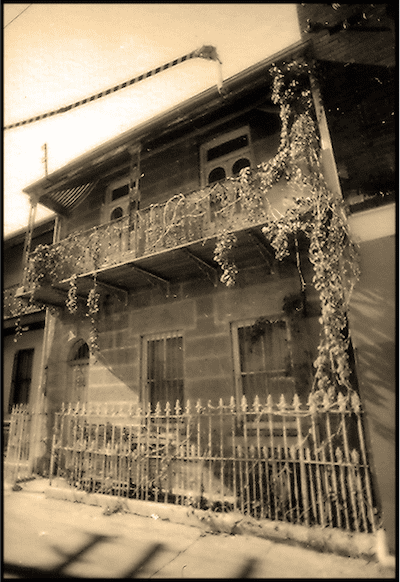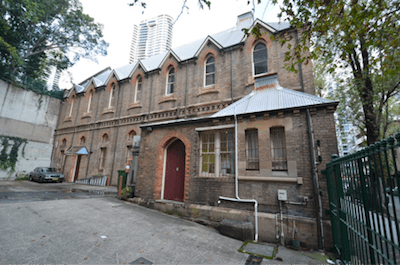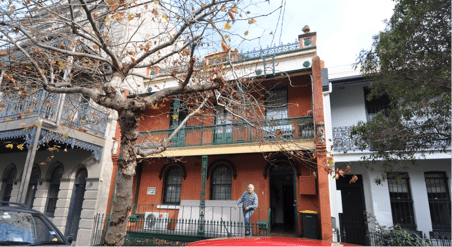Professional Associations
It must be emphasised that all property owners whether heritage listed or not are constrained by planning restrictions which ultimately have a bearing on property values. However, heritage listings proceed on the basis that over and above privately captured values, there are values vested in the public interest. These public interest aspects may be demonstrated by certain rare or unique aesthetic or historical features contained in listed buildings. In the case of commercial and industrial buildings, there may be certain unique technological aspects conveyed.
There is an expectation that owners of listed CBH would maintain these aspects of rarity and uniqueness on behalf of communities. Notwithstanding, the process of listing privately owned CBH under NSW jurisdictions lack mechanisms to compensate owners for the public interest component of their listed properties.
Traditional economic models fail to impute value to non-market mechanisms such as public goods. These models are designed to express values in terms of prices within established markets. Heritage values cannot easily be placed in traditional economic frameworks nor can they be measured in monetary terms (Throsby 2006).
A greater level of engagement between cultural and economic concerns is essential for enabling conservation to play a greater role in civil society. Market economics holds ever increasing sway in spheres of contemporary society and has become the dominant factor negatively impacting upon conservation policies and decisions. This trend runs parallel to a rising globalization and corporatisation of society.
The PCR states that;
Both heritage values and the costs of conservation will change over time. Community values evolve, with some places becoming more or less significant in their contribution to the community’s sense of history and place. Owners’ attitudes to historic heritage places may also change, affecting their willingness to voluntarily conserve, for both public and private benefit. With economic development and changing demographics, the pressures on historic heritage places, and thus the cost associated with their continued conservation, will also change. In addition, conservation agreements with owners of historic heritage places will involve the expenditure of public funds (PCR 2006, 265).
The PCR 2006 suggests that Australian planning frameworks need to embrace the implications of the cost burden to private owners. With 90% of local heritage items privately owned (PCR 2006, 38) and, hypothetically, each listed property requiring on average $200,000 capital cost to bring the listed item to a safe, sound and accessible condition, the conservation price tag in NSW alone would be nearly $5 billion. This excludes all publicly owned properties.
Disturbingly, despite the rough estimates of cost provided above, there are no official statistics that calculate the total conservation burden in detail, both in terms of capital costs for repairs required to bring the stock into safe, structurally sound and accessible condition and ongoing annual maintenance costs such as repairs to roofs, fenestration, landscaping, boundary fences, and paintwork. Current heritage policy does not acknowledge the burden placed upon private owners in this fashion.
Private owners of non-listed buildings are expected to foot the bill for the upkeep and ongoing maintenance costs to their own properties, yet the listed stock carries a public caveat requiring owners to maintain the stock for the ultimate benefit of the community. It could be argued that planning instruments such as zonings, height and envelope controls, minimum landscaping plot ratios and other development controls also restrict non-listed properties.
However, the primary distinction between listed and non-listed building stock is that a greater degree of restriction is placed upon the listed stock. The restriction is indexed to the specific attributes of the listed building which may comprise an amalgam of historic, aesthetic, technological, associational and social values. These values may be expressed in a requirement by listing authorities to maintain facades, streetscapes and cultural landscapes. It may also extend to the placement of new components on the site relative to the significant components and it may even extend into the interiors of such buildings in which certain spaces, rooms and elements are required to be conserved. Further, there is the cost to private owners of forgone opportunities in terms of development restrictions from which non-listed properties would also suffer.
Yet, listed heritage buildings, due to their public nature, are required to be protected against unsympathetic or inappropriate change. Naturally, there are limitations placed upon such properties. Options for change are therefore limited compared with non-listed properties. Such imbalance places an extra burden upon the listed stock.
Paul Rappoport – Heritage 21 – 2 May 2012
Throsby, D (2006), Paying for the Past: Economics, Cultural Heritage and Public Policy. 51st Joseph Fisher Lecture at the University of Adelaide on 16 August 2006. Wood, M (2007), Review of the Submissions made to the Productivity Commission Inquiry into Australia’s Historic Heritage – Marie Wood, GSRW Consulting Wood, S and Johannson L (2008) Six Principles for Integrating Non-Governmental Environmental Standards into Smart Regulation – 46 Ogoode Hall Law Journal
Related Articles

Physical Evidence – What to look for?
When appraising heritage buildings, one should seek out and ascertain the following list of attributes:
Read more
What is heritage conservation?
Heritage conservation deals with actions or processes that are aimed at safeguarding the character-defining elements of a cultural resource so…
Read more
Development is a Shared Activity Amongst All Parties Potentially Affected
In the age of neoliberalism, owners are prone to expect the highest and best use from their properties. Highest and…
Read more
Millers Point Heritage Public Housing
Rappoport Heritage Consultants is actively involved in advising prospective purchasers of Millers Point heritage houses in approaches and methodologies to…
Read more

Need help getting started?
Check out our guides.

Complete the form below to contact us today.









